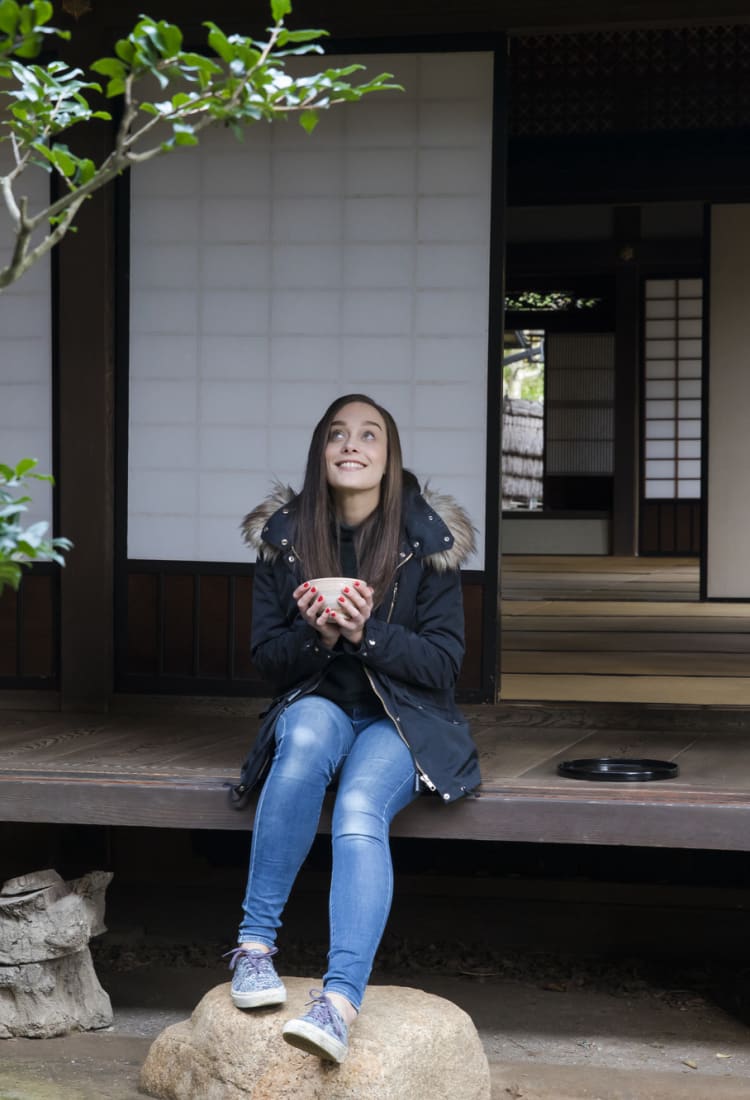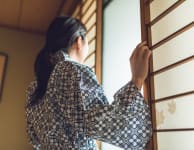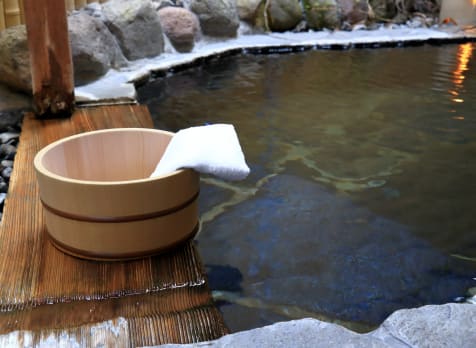Experience everyday life in the countryside of Japan
Imagine waking up in a Japanese home, surrounded by nature. With homestays, farmstays, and WWOOFing, you can do just that and lodge like a local in Japan. Venture out into the less traveled parts of Japan and rent a room with a farmer and their family, or a whole farmhouse, and experience authentic Japanese countryside life. “Minpaku” means staying at someone's home, and 'nouhaku' means staying in a rural area while enjoying things like farming, forestry, and fishing.
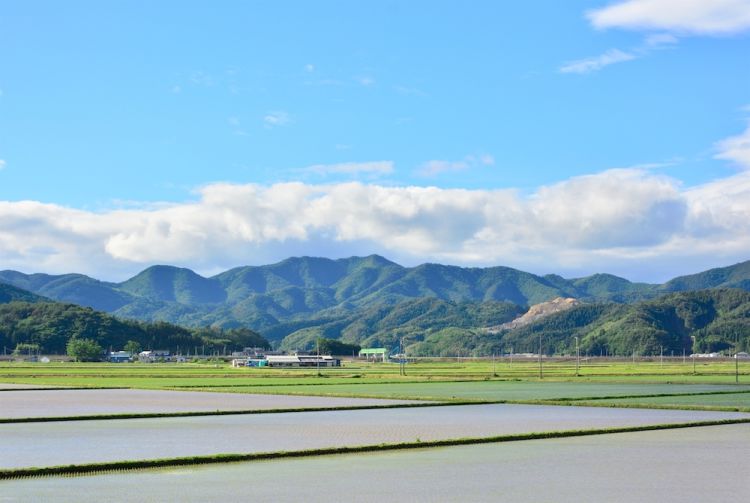
Minpaku
With accommodations ranging from places in the city to out in the countryside, you can share a home with a family or rent a whole house or condominium. In the countryside (known as the 'inaka' in Japanese), you can stay in a 'kominka,' a traditional and quaint Japanese house.
Typically roomier and more affordable than hotels, minpaku often include the cleaning fee in the total room fee. Room types vary and may require cooking for yourself. It is important to follow and respect the local rules and customs of the minpaku. Be sure to sort and take out the garbage in the correct way, as well as be wary of the surrounding neighbors. Many minpaku are located in residential areas, so try not to be too loud or disturb the neighbors in any way. It is also good to be aware that there are some non-registered minpaku. You can find minpaku that are legally run on official websites such as Airbnb or STAY JAPAN .
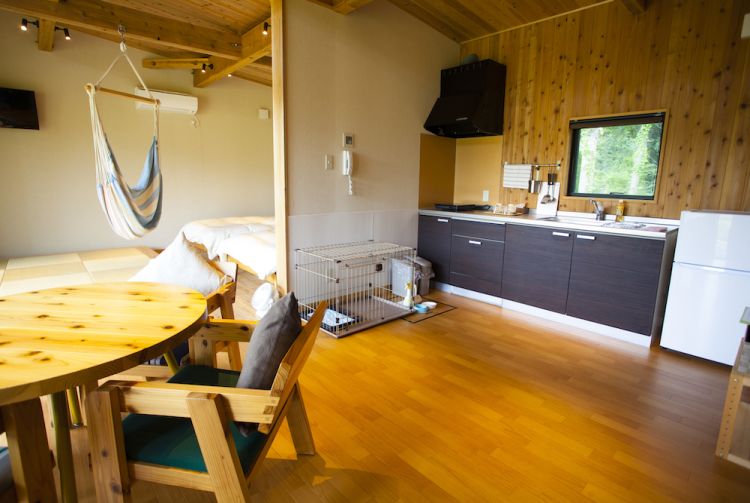
Nouhaku
Staying in the countryside is a relaxing experience that will allow you to immerse yourself in traditional Japanese life and will also give you the opportunity for cultural exchange with the locals. Guests can experience a number of fascinating local landscapes and communities by staying at different types of accommodations that include farmstays and housing with historic Japanese architecture.
You'll get to know your host family when you try farming, forestry and cooking alongside them. Or you can rent a house and spend a relaxing time with your friends or family.
Enjoy the best of the countryside in a refreshing contrast to Japanese city life. One of the best parts about being out in the countryside is the fresh, natural, and locally grown seasonal food. Taste cuisine that each specific area is known for and savor its deliciousness.
The unspoiled landscapes of the countryside, forests, and beaches have the capacity to heal and give vitality to the people.
Meet the down-to-earth people in the northern part of Honshu and the Tohoku region who are still living the traditional Japanese way of life. Learn about enjoying a stay at a customary rural farm in Akita or traveling to Tohoku in this article .
Kyoto is known for its traditional townscape but staying in a farmhouse in the suburbs or an eco-home in the countryside of Kyoto is also a great option.
These are just a few suggestions, but you can find all the information you need about other countryside stays in various different parts of Japan here .
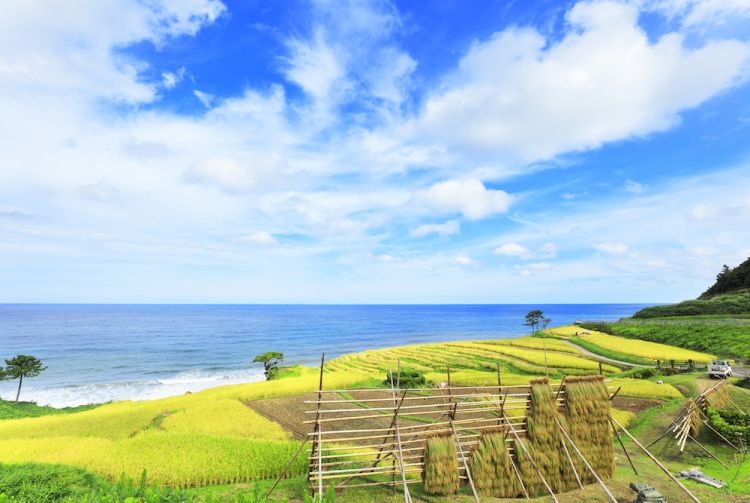
Working On a Farm
WWOOFing is another chance to stay on an organic farm, where you can work in exchange for room and board.
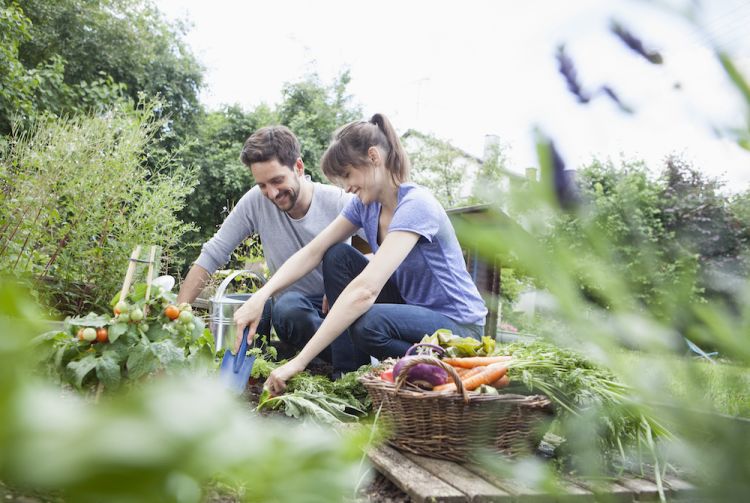
Where To Find Hosts
WWOOF (World Wide Opportunities on Organic Farms) is an online matching service connecting hosts and guests worldwide. In Japan, many of the hosts live in rural areas. You'll be part of local traditions and micro cultures inaccessible to most foreigners.
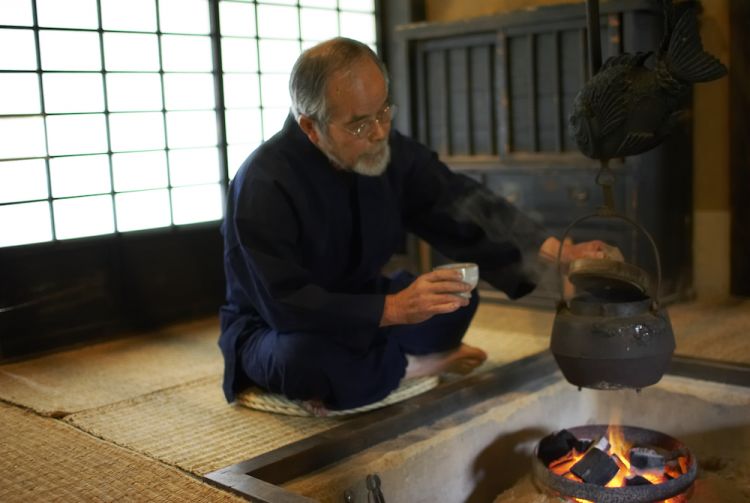
Discover Your New Favorite Local Delicacy
Japan's tastiest food and drink often come from the most rural areas. Many hidden gems lie in the far North, South and mountainous middle of the country.
Northern regions of Hokkaido and Tohoku specialize in dairy production and delicious sake, respectively. Kyushu, in the south, is praised for imo shochu, a unique and distinct drink distilled from sweet potatoes. Each prefecture prides itself on having a claim to fame, such as fruit specific to the area.
For example, Shizuoka has acclaimed muskmelons, grown so perfect that they often make for expensive gifts. Yatsushiro in Kumamoto boasts ruby red salt tomatoes that are as sweet as candy. Oita is famous for kabosu. This juicy citrus fruit pairs magnificently with soups and noodles.
Suppose you have a favorite food or drink. In that case, it's well worth researching regional farming to see where you can best satisfy your craving.
Final Things to Consider
Don't forget to factor weather into the location and timing of your stay. Summer in Japan can be brutally hot and humid, requiring full-body UV clothing to prevent heat stroke if you're planning on working or being outside quite a bit. It's also worth learning what kind of insects, pests, and wild animals you may encounter in the part of Japan you will be in.
In contrast, winter can be frigid and, in some regions, very snowy. Pack warm clothes because many homes do not have central heat. Even with a space heater in your room, a trip to the bathroom will call for bundling up.
Getting There
Japan may be known for world famous public transportation, but it tends to be scarce in the countryside. You may be out in an area relying on community buses, running only a few times daily.
Renting a car is convenient because you can rent them for a set period of time and is recommended when going out to rural destinations. Small, compact cars are best for narrow local roads. Remember that many mountain roads lack guardrails and cell service. When you're going somewhere you're not familiar with, requesting a shuttle or pick-up from your hosts may be the safest choice.
If you're someone who likes to venture on the road less traveled, a picturesque countryside stay in Japan can soothe your soul and bring about skills you never knew you had.




















































